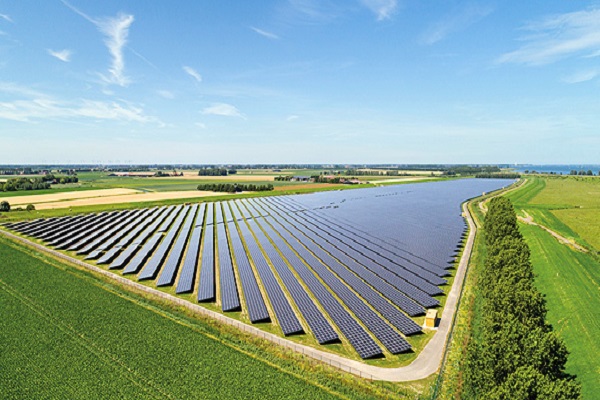.png)

Chandrashekhar is an economist, journalist and policy commentator renowned for his expertise in agriculture, commodity markets and economic policy.
September 29, 2025 at 1:15 PM IST
As the southwest monsoon has commenced its withdrawal, it is time to assess its performance and examine the harvest prospects of key crops. The good news is that, as forecast by the IMD, the country has received above-normal rainfall. Between June 1 and September 28, the country received 930 mm of rainfall, 8% above normal.
While east and northeast India (mainly Bihar and Assam) suffered a 20% rainfall deficit, the other three regions - northwest (mainly Punjab and Rajasthan) 28%, central India 14%, and the southern peninsula 11% - had a surplus.
It is important to note that the total seasonal rainfall is not as critical as its temporal and spatial distribution, which are crucial for agriculture. From that perspective, August and September witnessed excessive precipitation in some parts of the country (Punjab, Maharashtra, Karnataka, and Rajasthan), which reportedly inflicted crop damage.
Although reports of adverse impacts on paddy and pulses are already in public domain, a comprehensive assessment is still ongoing. Anecdotal evidence suggests that, in addition to crop losses, excessive rains have also affected crop quality.
Below is an assessment of the likely harvest size of key Kharif crops. Forecast production numbers are presented as ranges, based on planted area as of September 19.
Rice
Maize
Pulses
Oilseeds
For groundnut, Gujarat—the main producing state—received excellent rainfall, boosting yields. The groundnut crop is expected at 11-12 million tonnes, higher than the production target of 10.5 million tonnes and above last year’s 10.4 million tonnes.
Cotton
Sugarcane
Planted area has been expanding steadily and stands at 5.9 million hectares this year (sugar year 2025-26), up from last year’s 5.8 million hectares and 5-year average of 5.2 million hectares. Against a production target of 469 million tonnes and 2024’s actual production of 450 million tonnes, cane output is projected at 440-460 million tonnes due to excessive rainfall in Maharashtra and Karnataka. After allowing for cane diversion for ethanol, sugar production for 2025-26 is likely around 30 million tonnes, slightly lower than last year.
Even by late September, rains continue in the southern and western parts of the country. This may cause additional damage and delay in final assessment.
On the positive side, continuing rains are expected to improve soil moisture for Rabi planting (major crops: wheat, rapeseed/mustard, chana/chickpea), which is scheduled to begin in late October. Reservoir storage levels are satisfactory and higher than last year.
Given the combination of Kharif production prospects, public stocks of wheat and rice, and liberal import policy (pulses, edible oil, cotton), the risk to food inflation is tilted to the downside.
If Rabi prospects also turn out to be satisfactory, food prices may remain consumer-friendly.
The weather, however, remains the wild card.
(Note: Except for the forecast of Kharif 2025 crop production, which is the author’s proprietary research, all data—acreage, rainfall, and production targets—are official government numbers.)




